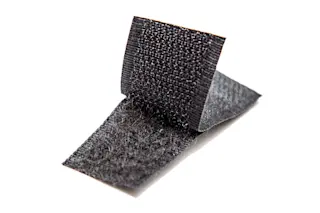The ingenuity of human inventions spans history. From the use of stone tools nearly three million years ago to modern inventions like electric cars and 3D printers — humans have always set out to find a better way to do things.
Most inventions or discoveries have been the result of an intentional pursuit. However, some of the inventions we rely on today are the work of pure accident. Here are five accidental inventions.
(Credit:VAKS-Stock Agency/Shutterstock)
A self-taught engineer with a fifth-grade education is responsible for the microwave oven. After being hired as Raytheon's fourth employee in 1925, Percy Spencer became an expert in vacuum tubes — leading to his work with magnetrons. In 1945, while standing near an active magnetron, a chocolate bar melted in his pocket — and a new idea was born. Spencer went on to develop the microwave oven for Raytheon, earning a mere two dollars for ...















